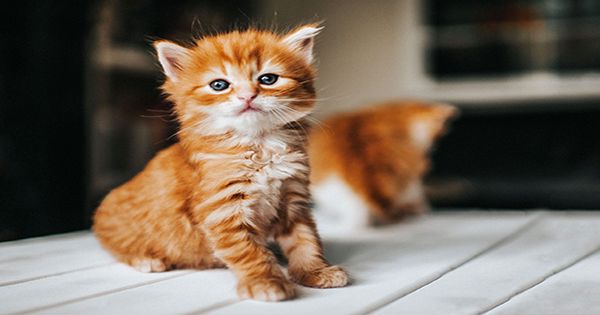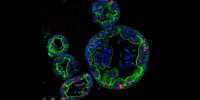If you Google the definition of chime, you were confronted with an external description of “a fire-breathing female monster with a lion’s head, a goat’s body, and a snake’s tail,” which I think we can all agree on, it sounds great. Unfortunately, this national animal is limited to mythology but we have chimeras among us.
A possible peach of an example recently published on the Instagram account @kittenitwithkiki (a feather page for caring for animals that came through the Nashville Cat Rescue) who posted a picture of a kitten whose face is half black and half. They named the precious fluff apricots. “Have you met Apricot?” Nashville Cat Rescue wrote in an Instagram post about orphaned kittens. “This unique baby was found with his brother during a construction project.
If its bi-tonal mouth splits in the middle, the apricot may be a chimera but this cannot confirmed without DNA testing. Heterochromia may be another indicator of a chimera, but the apricot eyes are not yet ripe just because they are children, so it is too early to know what color they will be. Most kittens start with their eyes closed and will turn blue when they first open them.
When a kitten is about seven weeks old, it can change depending on their genes and the amount of pigment they code. When two embryos fuse together in the womb to form a single animal that has two sets of DNA Ch is rare, however, a definite phenomenon has found in humans, including this one, whose chimerism confuses the results of his paternity test. In 2009, an American singer discovered that she had tetragametic chimerism after investigating a rare birthmark that descended on the center of her body.
Estimates vary, but most sources state that only about 100 cases recorded in humans. Leslie Lyons, a professor at the University of California, Los Angeles, who spoke to National Geographic on the subject, said chimeras are uncommon among cats. According to Lion, most male turtle cats are actually chimpanzees because their characteristic thickened coat may result from extra X chromosomes, which make XXY animals instead of XY. Female turtles can donate the coat without additional chromosomes because they already have two X chromosomes.
















